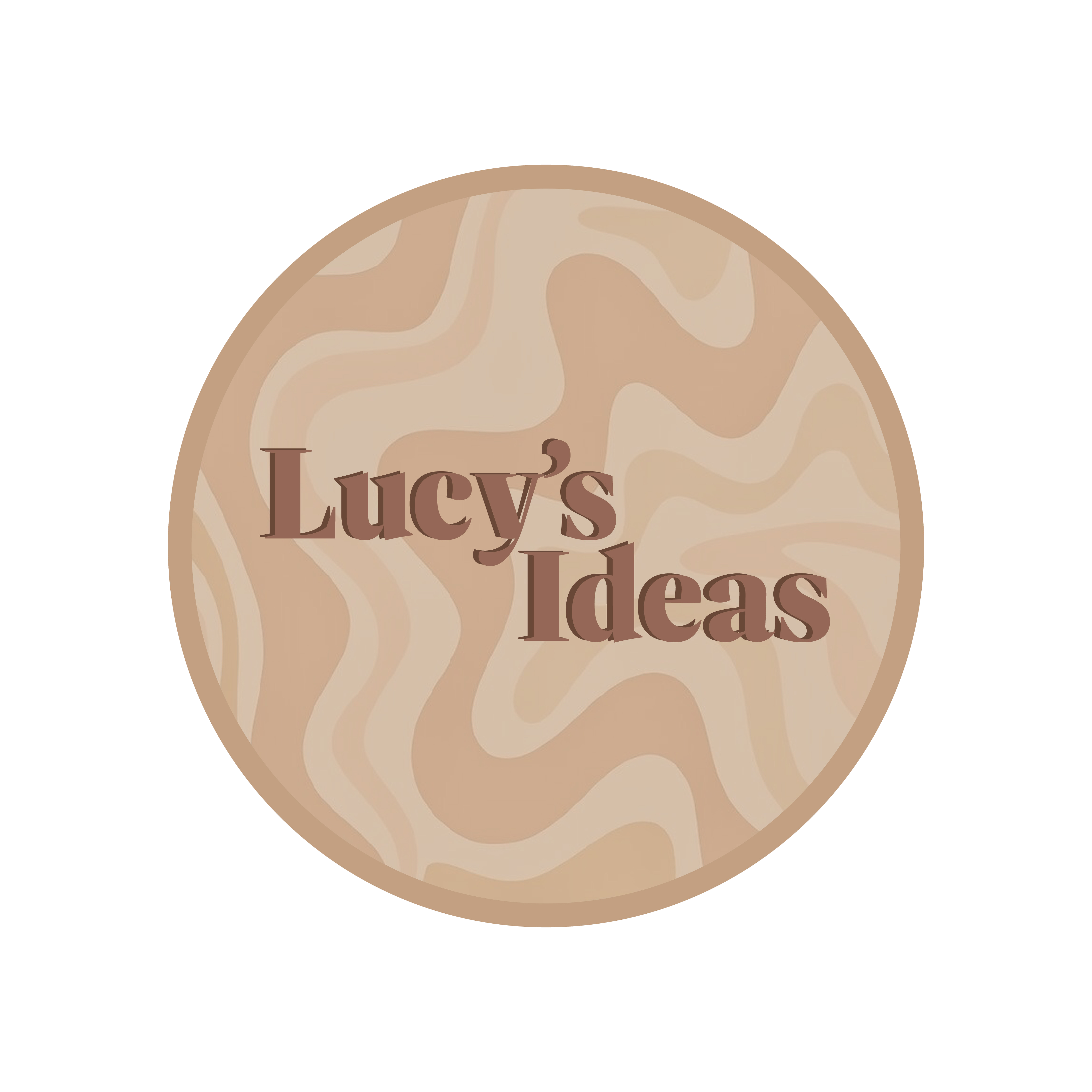Research
The most important aspect of virtual reality is presence. “Presence in this sense encompasses both the physical and mental occupation of a virtual space.” (Ernst, 2023). The more presence the immersive space can provide, the more a player can disconnect themselves from the real world and accepting virtual reality as a new reality; the viewer-audience becomes a core component of the work. “The user is no longer a passive spectator but is integral to the activation of the instillation, work, or space.” (Compton, 2022). The overall aim of the project is to immerse the user with the multiple projection technologies and the highest visual fidelity of environments.
We can make use of diorama’s to emphasise the idea of presence within virtual reality to further use interaction to tell a story – a diorama being a three-dimensional scene built to illustrate something as a scale model. When thinking of a project idea, as a group we needed to discuss what a strong concept could be whilst also thinking of our limitations and learning a completely new software. Reflecting on this fact, we decided to start simple and all focus on producing a diorama that represents one of the four seasons and immersing the user into a scene that demonstrates each one. Once brainstorming further, I concluded that my design project will entail of a snow globe exploring winter-based traditions. This will be a challenge as I am completely new with virtual reality in all aspects, but I hope to conclude with a well thought out design that a user can interact with feel completely immersed by.
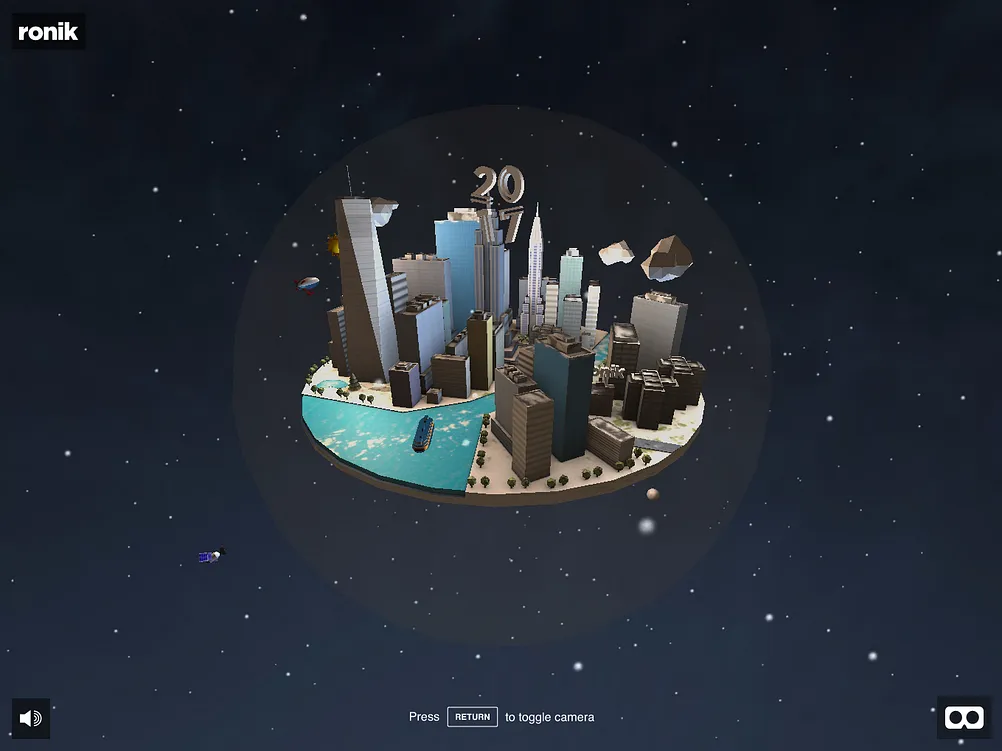
Throughout this workshop, I will be learning how to use different VR Art packages to create three-dimensional art. The first I will be learning is openbrush which allows the user to paint in a three-dimensional space in a virtual environment with the room as the canvas. This will ensure I can be creative with elements I create in my space and allow me to emphasise the use of a diorama using the pedestal feature. Openbrush also conducts moving creations by using audio reactive brushes. This feature will further my piece by producing interactive elements the user can control to enhance the immersive scene.
Gravity sketch is an advanced software that allows the user to create, communicate, and share in 3D at every stage of the design, from the original sketch to the high-fidelity prototype. This piece of software will be essential when creating individual assets for my immersive scene so that it feels more realistic for the user. The final tool that will contribute towards my finished piece will be Liv.TV which will allow me to record my entire process of openbrush and how the scene comes together. This is essential to give myself feedback for when I complete any future VR Art.
Methodology
Planning is a key part to producing an immersive project with numerous assets and stages to create. Down to the initial sketches, each part must be thoroughly thought out to make the process and quick and efficient as possible. Composing in virtual reality can be more complex than two-dimensional art therefore, I must make a strict process to follow when finalising my work. To begin, I roughly sketched how I want my scene to look and how each asset will be placed within the background, so I know what I need to move on and produce first.
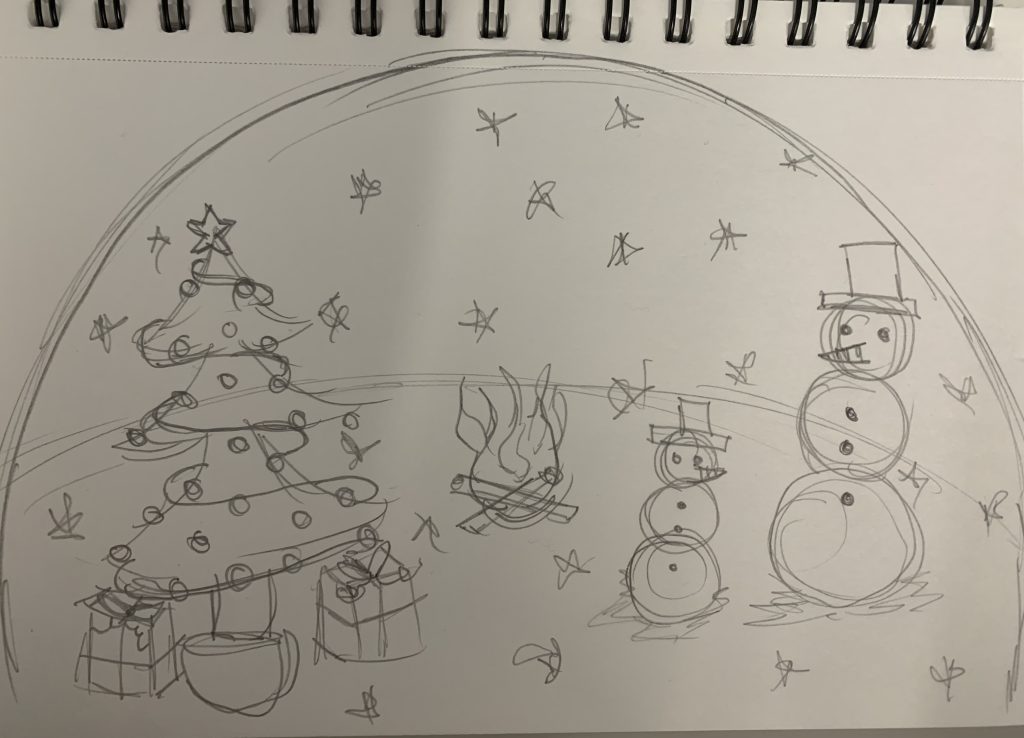
Once I was happy with my 2D sketch, I began to list what individual assets needed creating and in what priority order. For example, if I had a mountain involved, it would be clear to add that in first and then build around it. I then produced individual sketches of the assets I am choosing to create to allow for effective and thoroughly textured assets to be imported. The final stage of planning is to discuss with the rest of my group any problems I may face and ask for feedback on my initial plan so that there will be minimal issues during the production stage. I attempted to get as much feedback as possible throughout the project from my teammates as they may bring ideas to my scene that I hadn’t thought of before and to ensure that my focus is on the design and interaction with the user.
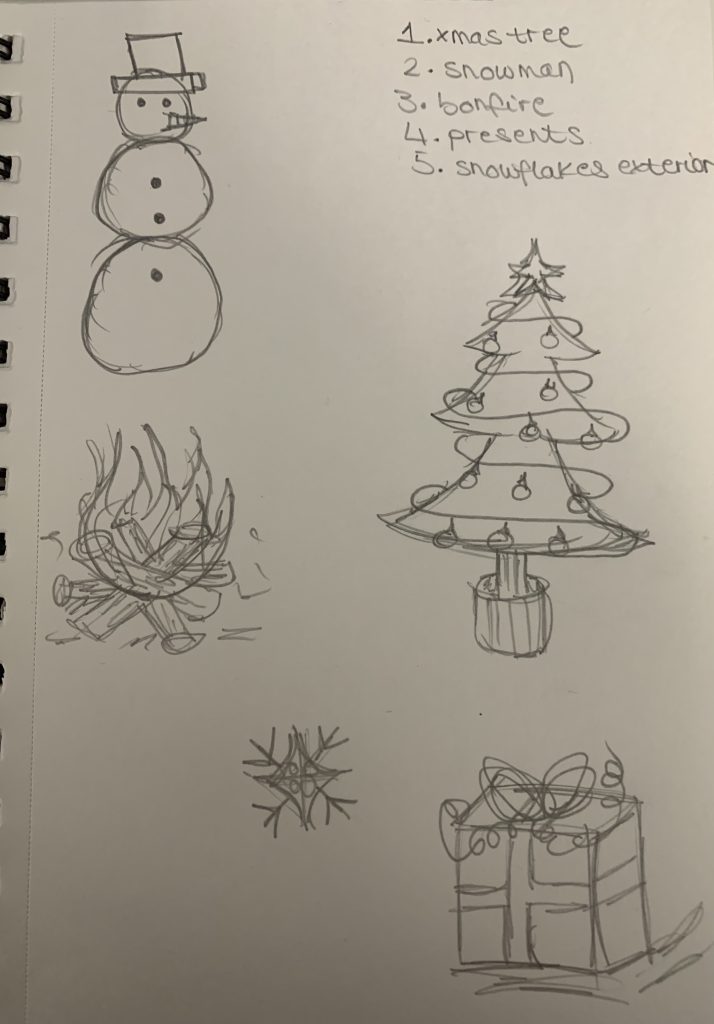
I began the task by trialing the different painting options and using the right trigger to move the paintbrush across an area. This then produced three-dimensional paint stokes that allow me to form my figures within the environment. To then switch between the different colour palettes I used the right controller to select different items on the palette; this further enabled me to experiment with different brush strokes and textures to make my assets realistic. There were a few errors during the creation process however, these were easily erased by pressing the B button on the brush menu. Once I had successfully produced each element within the scene, it was time to scale and move the sketch so that it reflects the diorama the group are attempting to achieve.
I further experimented by producing moving creations with audio reflective brushes. Once the audio playing from my device was detected, I am able to use the painting controller to begin adding my brush strokes. The fact that the audio was relatively calm meant that there was a slight pulsating in areas such as my Christmas tree lights and my snowman’s eyes. If I had used a more intense audio, the reactive brush strokes would have moved differently for example bouncing around.
One important feature I needed to be aware of is the lighting and composition of the piece. Good lighting can make a large difference in the presentation of the diorama. I wanted to differentiate with the camera angles too, to enforce the stylised effect. After choosing what works best for my piece, it enhances the virtual environment for the user and how they interact with the piece.
Feedback and Testing
Being part of a group project has enhanced the testing process positively by having numerous people testing the software whilst being unbiased and potentially more ruthless. This testing was easy to produce as a high-fidelity prototype that can be shared around with the people working in my group as they all know how to use the software so can focus more on my design. They produced the need for refining a few areas of my snow globe so that it looks more realistic and user-centred so then I can go on to improve the experience for future users. Once I had everyone test it, I prioritised the improvements and went on to exporting the piece.
The exporting of the piece was very simple and I have included screenshots of my final design. Using the Quest capture tools, I uploaded everything I have done inside the headset which is then accessed from copying it from the headset to the Mac. My video was saved to the videoshots folder and transported from then on.
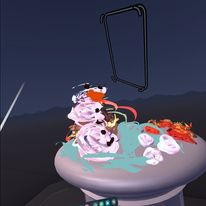
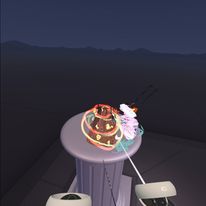
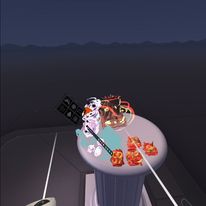
References
Canvas, T. S., 2019. What’s Gravity Sketch? // Becoming a VR Artist Ep. 15. [Online]
Available at: https://www.youtube.com/watch?v=p_SXNRgYB0M
[Accessed 10 November 2023].
Compton, A., 2022. What is immersive art? The story of immersive art and 5 exhibitions you can visit in 2022. [Online]
Available at: https://www.kooness.com/posts/magazine/what-is-immersive-art
[Accessed 10 November 2023].
Ernst, D., 2023. VR Dioramas: The Illusionist’s Way of Telling Stories. [Online]
Available at: https://ctrl500.com/game-design/the-illusionists-way-of-telling-stories-vr-dioramas/
[Accessed 10 November 2023].
Pike, J., 2017. How We Built a VR Snow Globe. [Online]
Available at: https://medium.com/@jaredpike/how-we-built-a-vr-snow-globe-9bf151f847e
[Accessed 10 November 2023].
UploadVR, 2016. Tilt Brush Art – Underwater Temple by Whole9 [Mixed Reality Video]. [Online]
Available at: https://www.youtube.com/watch?v=0M7cf81lD2Q
[Accessed 10 November 2023].
